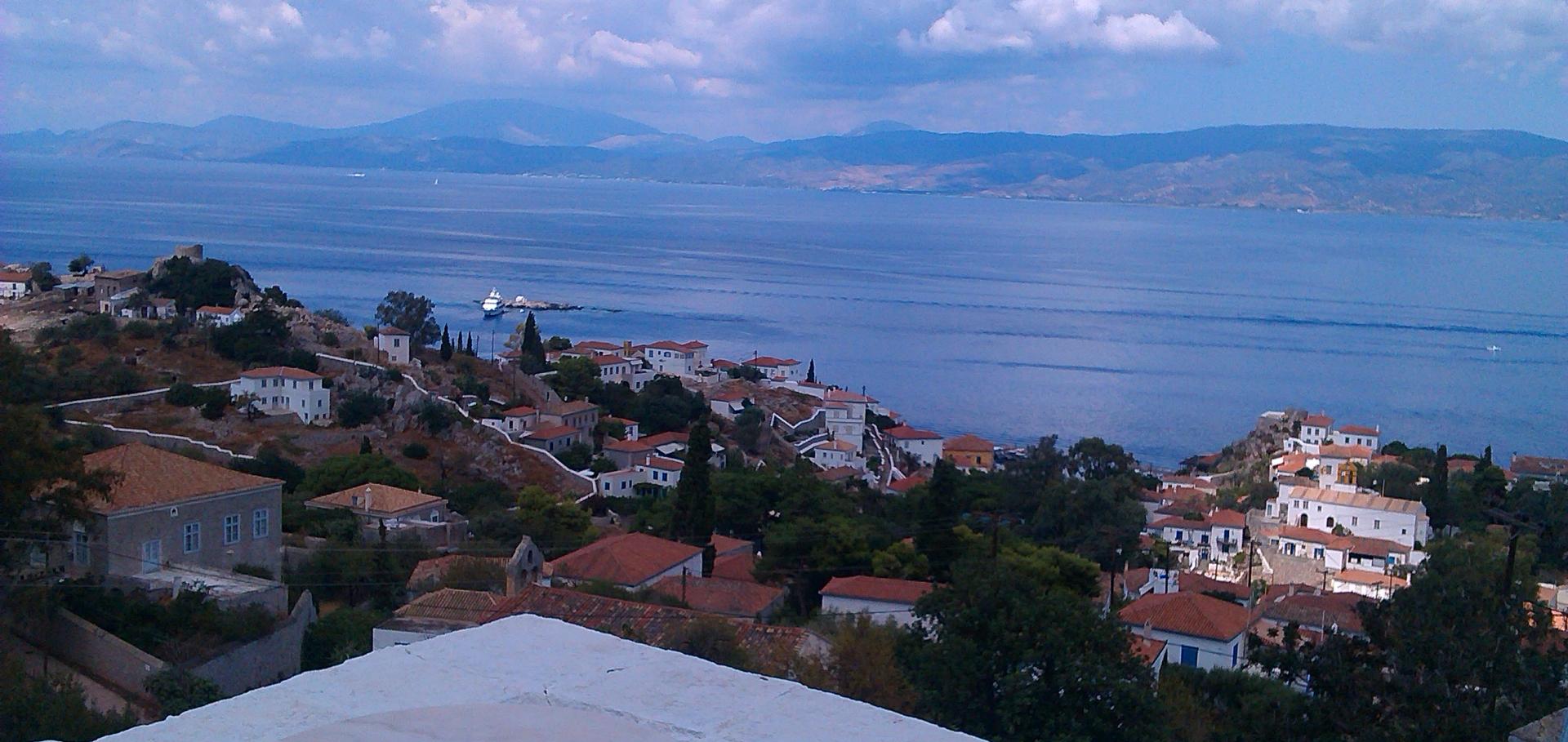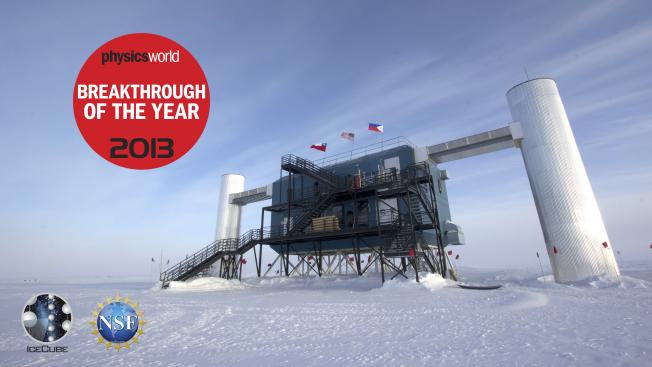Probing the origin of cosmic-rays with extremely high energy neutrinos using the IceCube Observatory
ArXiv 1310.5477 (2013)
Abstract:
We have searched for extremely high energy neutrinos using data taken with the IceCube detector between May 2010 and May 2012. Two neutrino induced particle shower events with energies around 1 PeV were observed, as reported previously. In this work, we investigate whether these events could originate from cosmogenic neutrinos produced in the interactions of ultra-high energy cosmic-rays with ambient photons while propagating through intergalactic space. Exploiting IceCube's large exposure for extremely high energy neutrinos and the lack of observed events above 100 PeV, we can rule out the corresponding models at more than 90% confidence level. The model independent quasi-differential 90% CL upper limit, which amounts to $E^2 \phi_{\nu_e + \nu_\mu + \nu_\tau} = 1.2 \times 10^{-7}$ GeV cm$^{-2}$ s$^{-1}$ sr$^{-1}$ at 1 EeV, provides the most stringent constraint in the energy range from 10 PeV to 10 EeV. Our observation disfavors strong cosmological evolution of the highest energy cosmic ray sources such as the Fanaroff-Riley type II class of radio galaxies.The IceCube Neutrino Observatory Part VI: Ice Properties, Reconstruction and Future Developments
ArXiv 1309.701 (2013)
Abstract:
Papers on ice properties, reconstruction and future developments submitted to the 33nd International Cosmic Ray Conference (Rio de Janeiro 2013) by the IceCube Collaboration.The IceCube Neutrino Observatory Part V: Neutrino Oscillations and Supernova Searches
ArXiv 1309.7008 (2013)
Abstract:
Papers on neutrino oscillation and supernova searches submitted to the 33nd International Cosmic Ray Conference (Rio de Janeiro 2013) by the IceCube Collaboration.The IceCube Neutrino Observatory Part IV: Searches for Dark Matter and Exotic Particles
ArXiv 1309.7007 (2013)
Abstract:
Papers on searches for Dark Matter and exotic particles submitted to the 33nd International Cosmic Ray Conference (Rio de Janeiro 2013) by the IceCube Collaboration.The IceCube Neutrino Observatory Part III: Cosmic Rays
ArXiv 1309.7006 (2013)



